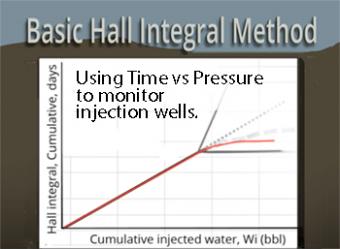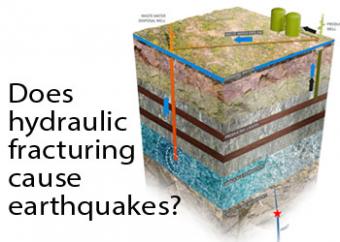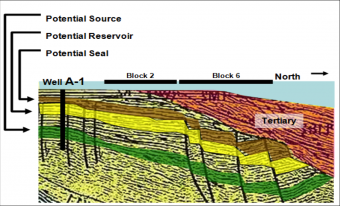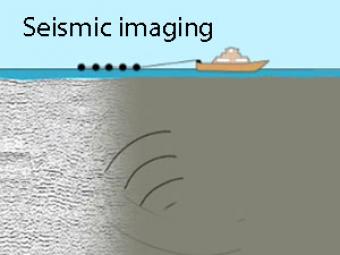
How can water injected into the ground be monitored?
An injection well is used to emplace fluids into the subsurface using pressure. This technical animation describes the injection process. It will also describe the use of operational data in understanding the character of the flow-path within the injection formation. This technique continuously tracks water-injection well operations and was developed by Howard Hall in 1963. It is a simple tool that is based on the assumption of steady state radial flow. Hall’s method uses information about the mean ambient reservoir pressure, water injection volumes, and operating injection pressures to create a response graph of an injection well’s operating behavior.
Made in collaboration with U.S. Environmental Protection Agency.
Written, directed, and narrated by: Nancy Dorsey, Geological engineer, Environmental Protection Agency (EPA)
Fluid injection is used in a number of industries, but it is most commonly associated with oil and gas production. Salty wastewater is typically produced along with the hydrocarbons from the oil and gas-bearing reservoir zone. The produced water can include flow back fluid from hydraulic fracturing well stimulations. The recovered wastewater is most commonly managed by one of two injection processes. It can be used as a reservoir pressure support mechanism aka waterflood where fluid is injected back into a hydrocarbon production zone. Alternately, the wastewater can be injected for disposal into a saline disposal zone to protect all our fresh water resources. Key parts of this water injection cycle include:

Explore the “hot topic” of induced earthquakes with your students through an activity built on the Argument Driven Inquiry (ADI ) framework that supports three-dimensional learning. Students propose, support, evaluate, and revise ideas through data gathering, argumentation, and discussion.

Students will discover how scientists in the oil and gas industry risk a prospect. A manager wants to know what we think is the most likely volume of HC we expect, and the chance that this prospect will actually have that amount of HC. The bigger the possible “prize,” the more risk the manager would be willing to take on. What are the steps that petroleum geoscientists take to examine what the play will produce?

This lesson covers the development phase of an asset's life, and also reviews the exploration and production phases of the life cycle. In the exploration phase, there is an opportunity to capture opportunities and discover hydrocarbons through large-scale to finer-scale analyses. The three (3) major considerations in the development phase are: (1) the area and thickness of the oil or gas reserves so we can estimate the volume; (2) the internal architecture of the reservoir rocks; and (3) how the reservoir is broken into separate compartments to be produced. The last stage of an asset's life is the production phase.

In this lecture and exercises, you will estimate the ultimate recovery (EUR) of a hydrocarbon prospect. Once a prospect has been identified, the major business question is what will be the profit. The EUR is the amount of oil/gas that can be produced and sold. This material will help provide a step-by-step in how to obtain an EUR.

Discover the basic methods in finding oil, and the five (5) major components you need to cook, contain, and preserve a resource play.

A new venture in the petroleum industry is the starting point for a potential oil and gas field. This lesson cover how companies work towards placing bids on license areas (blocks). Regional information on the Gippsland basin is also presented, and helps to lead towards a discussion of a mock lease sale of fifteen (15) blocks in the Gippsland basin.

Sedimentary rocks are critical to oil and gas, whose types include source, reservoir, and seal rocks. Thus, we need to understand the sediminatary fill and the stratigraphic sequence within an area of interest. We can examine the location and rock properties of stratigraphic units through seismic data.


Man-made sound waves produced by airguns travel through the earth, reflect off different rock layers, then are recorded by geophones being towed behind the boat.

We encourage the reuse and dissemination of the material on this site as long as attribution is retained. To this end the material on this site, unless otherwise noted, is offered under Creative Commons Attribution (CC BY 4.0) license